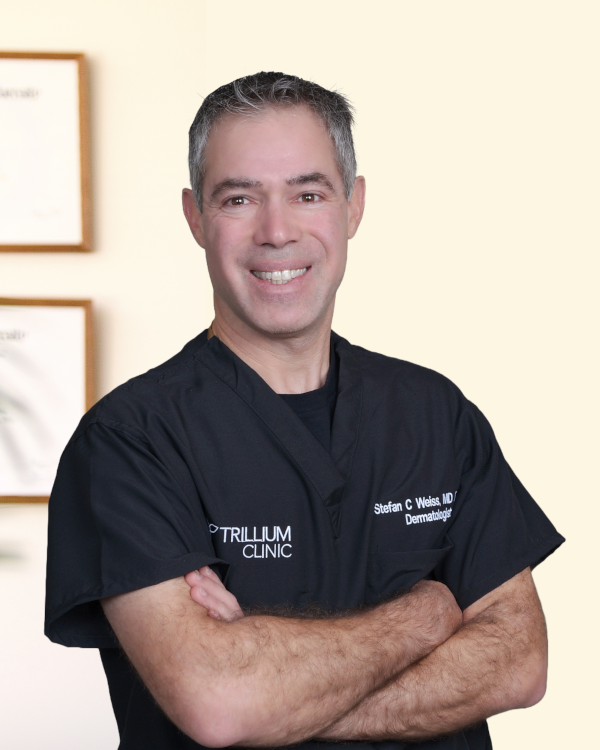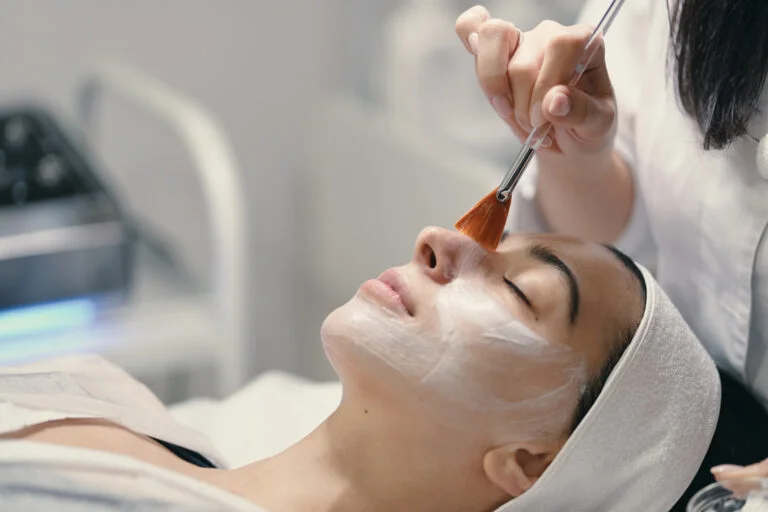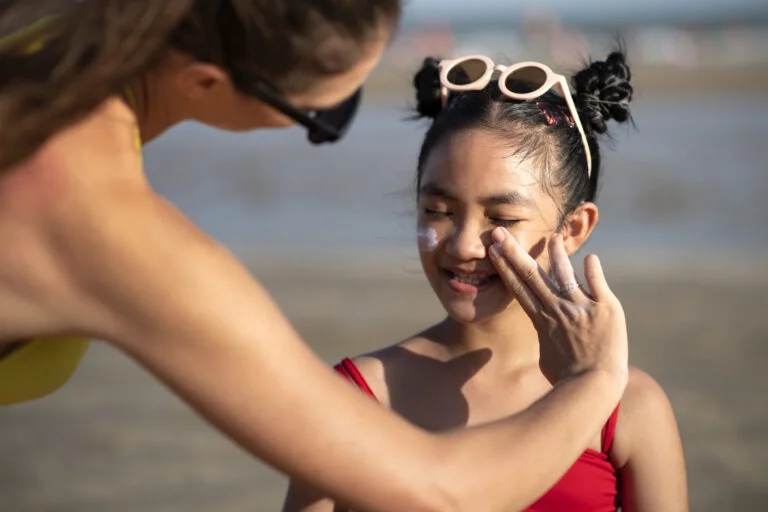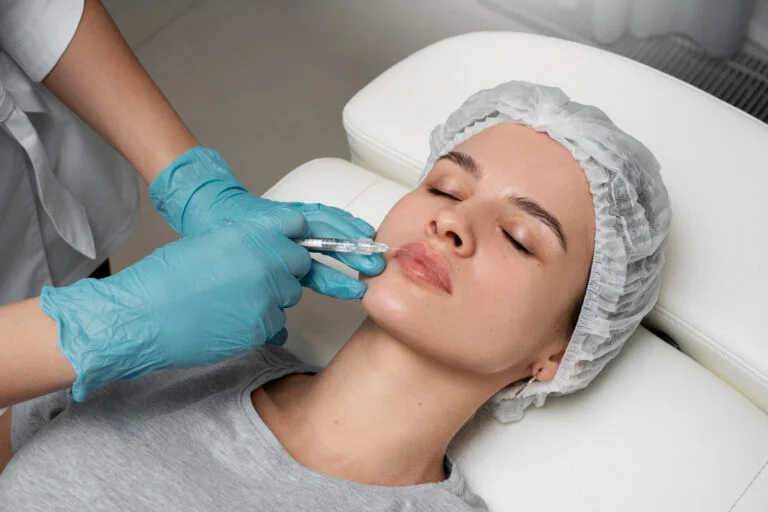Non-ablative laser resurfacing is a cosmetic procedure designed to improve skin texture, tone, and appearance without removing the outer layer of skin (the epidermis). Unlike ablative lasers, which vaporize the top layers of skin to promote healing, non-ablative lasers work by heating the deeper layers of skin (dermis) while leaving the surface intact. This minimally invasive approach stimulates the skin’s natural healing processes, particularly collagen production, which is key to rejuvenating and tightening the skin.
How Non-Ablative Laser Resurfacing Works?
Non-ablative lasers target the dermis, which is the deeper layer of the skin where collagen and elastin fibers reside. During non-ablative laser resurfacing treatment at a cosmetic dermatology clinic:
Laser energy is delivered into the skin in controlled pulses, penetrating through the epidermis without causing damage to it. The heat generated by the laser energy creates micro-injuries in the dermis, which stimulates the body’s natural wound-healing response. This response triggers fibroblasts, which are cells responsible for producing collagen and elastin, to become active and generate new collagen fibers over time.
Because the outer layer of the skin remains largely unaffected, the healing process is quicker compared to ablative laser treatments, and downtime is minimal. The procedure can improve fine lines, mild to moderate wrinkles, hyperpigmentation, acne scars, and overall skin tone.
Collagen Stimulation and Its Benefits
Collagen is a vital protein that imparts structure, firmness, and elasticity to the skin. As we age, collagen production naturally decreases, leading to sagging, wrinkles, and a loss of skin tone. Non-ablative laser resurfacing helps rebuild collagen by stimulating its natural production process in the following ways:
Thermal Effect: The heat generated by the laser induces controlled damage to the dermal tissue, which stimulates fibroblasts. These cells then begin producing new collagen fibers, leading to increased skin density and firmness.
Wound-Healing Response: The laser-induced micro-injuries activate the skin’s natural healing response, prompting the body to repair the treated area by replacing old, damaged collagen with fresh, new collagen. This process typically unfolds over weeks to months after laser resurfacing treatment, resulting in gradual but noticeable skin improvement.
Collagen Remodeling: The newly produced collagen fibers are initially disorganized, but over time they become more structured and organized, leading to improved skin texture, reduced wrinkles, and enhanced elasticity.
Benefits of Non-Ablative Laser Resurfacing
Minimal Downtime: Since the epidermis is not damaged, patients experience less redness, swelling, and peeling compared to ablative treatments, allowing for a quicker recovery.
Gradual Results: Results from non-ablative laser resurfacing appear gradually as collagen production continues, providing a natural-looking improvement in skin quality over time.
Suitable for a Range of Skin Types: Non-ablative lasers are generally safer for a wider variety of skin types and tones, with a lower risk of hyperpigmentation or scarring compared to more aggressive laser treatments.
Multiple Sessions for Optimal Results: While non-ablative resurfacing may require multiple sessions to achieve the desired results, the gradual process allows patients to resume normal activities between treatments with minimal disruption.
If you’re considering non-ablative laser resurfacing, visiting a reputed dermatology clinic in Chapel Hill can connect you with experienced professionals who can tailor the treatment to your specific skin needs.
At Trillium Dermatology Clinic and Med Spa in Chapel Hill, Dr. Stefan Weiss uses the Mixto device to perform non-ablative laser resurfacing. This treatment is optimized for treating fine lines, large pores, hyperpigmentation, acne scars, stretch marks, an uneven skin tone, and improving skin elasticity. Patients often require several non-ablative laser resurfacing sessions, each spaced 4-6 weeks apart, to achieve optimal results. Non-ablative laser resurfacing is designed to reverse sun damage and other signs of aging and provide a more youthful complexion by stimulating collagen production in different layers of the skin.
Conclusion
In summary, non-ablative laser resurfacing is a less invasive option for rejuvenating the skin, primarily by stimulating collagen production. The increased collagen leads to firmer, smoother, and more youthful-looking skin, making this treatment an attractive option for individuals seeking cosmetic enhancement with minimal downtime.








